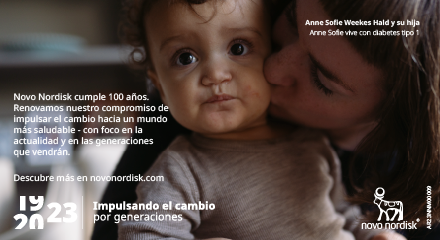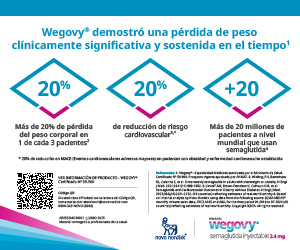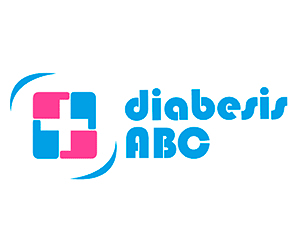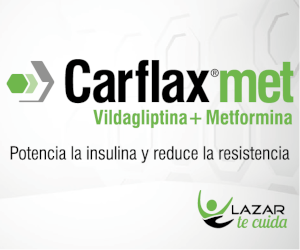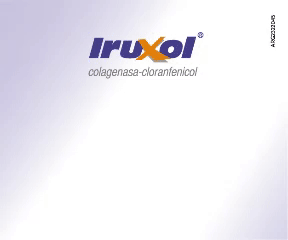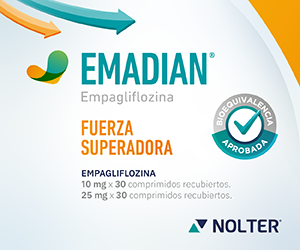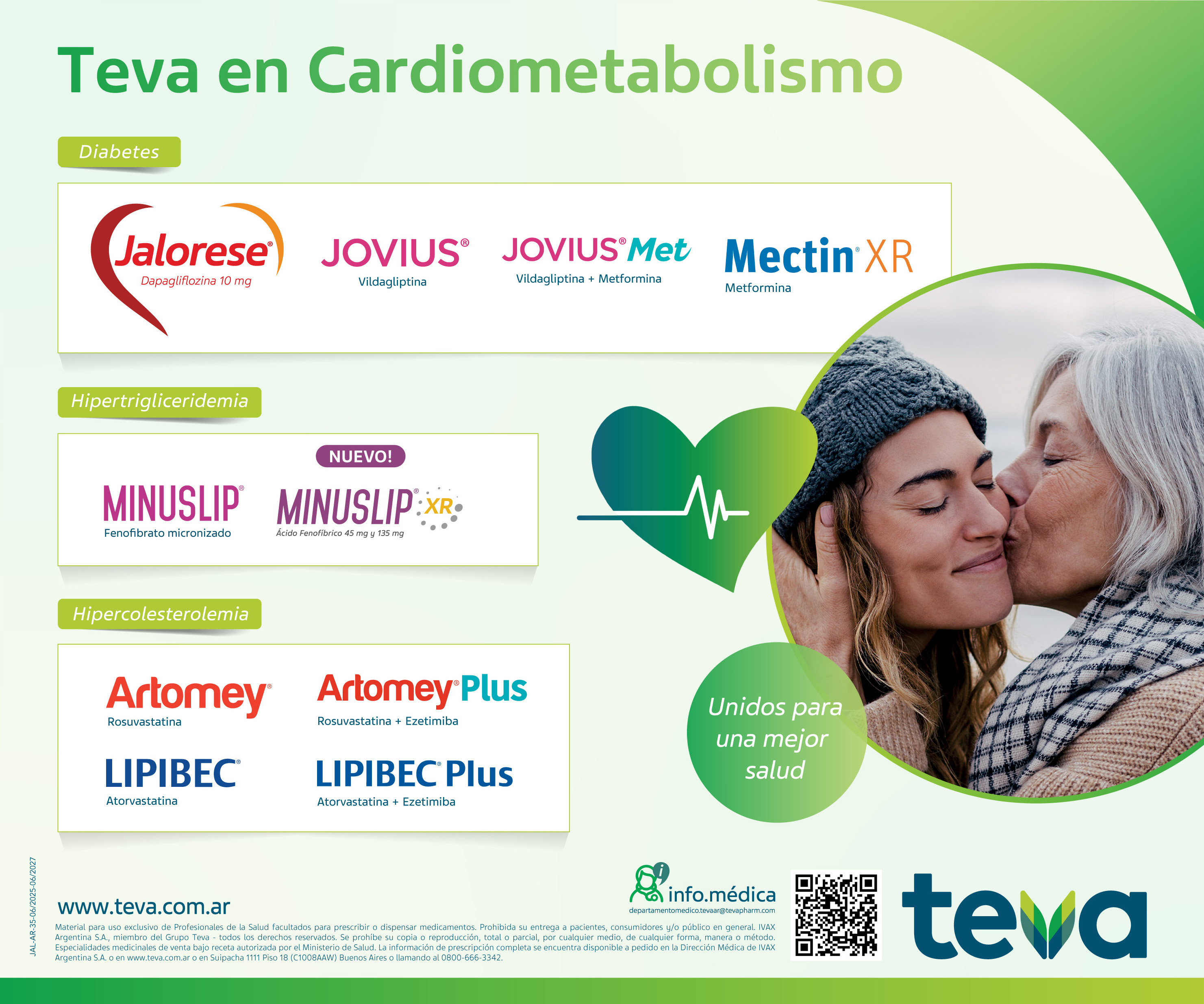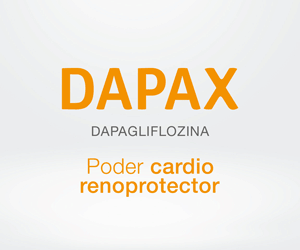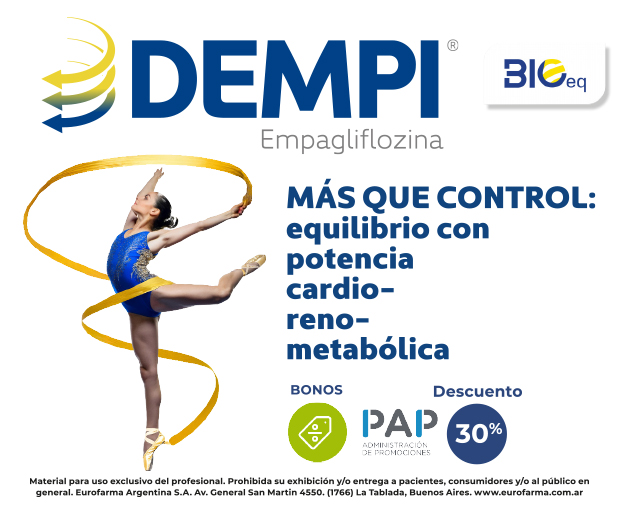¿Es superior el nivel de creatinina respecto de la presencia de albuminuria en su asociación con eventos cardiovasculares en los pacientes con diabetes mellitus tipo 2?
DOI:
https://doi.org/10.47196/diab.v58i1.750Palabras clave:
diabetes mellitus tipo 2, creatinina, albuminuria, eventos cardiovascularesResumen
Introducción: la enfermedad cardiovascular y la enfermedad renal constituyen la mayor causa de mortalidad en pacientes con diabetes mellitus tipo 2 (DM2) por lo cual es importante conocer el valor relativo del nivel de creatinina y la presencia de albuminuria en la predicción de eventos cardiovasculares (ECV).
Objetivos: conocer la fuerza de la asociación entre los niveles de creatinina y albuminuria, y la presencia de ECV en pacientes con DM2.
Materiales y métodos: en 270 pacientes (138 hombres y 132 mujeres) con DM2 y una edad X: 66±10,2 años se determinaron el promedio de las tres últimas mediciones de creatinina (método de Jaffe cinético modificado) y las tres últimas determinaciones del cociente albuminuria/creatininuria (nefelometría) en orina matinal. Se documentaron ECV mayores. Se determinó como enfermedad aterosclerótica cardiovascular los antecedentes de infarto de miocardio, angina de pecho, angioplastia y/o cirugía de revascularización miocárdica y/o de miembros inferiores, accidente cerebrovascular. Y enfermedad cardiovascular no aterosclerótica los antecedentes de insuficiencia cardíaca y de arritmias.
Resultados: el 31,5% de los pacientes tuvo algún EVC. En el análisis univariado se registró una asociación significativa entre los valores de creatininemia y ECV en la curva ROC, con un valor de corte igual a 1,42 mg/dl (AUC: 0,595; p<0,001). Un valor de albuminuria mayor a 88 mg/g se asoció con un mayor número de ECV (p:<0,01), aunque la curva ROC fue no significativa.
Conclusiones: en el análisis multivariado, por regresión logística ajustando otras variables, la creatininemia, la edad y los niveles de colesterol HDL se asociaron significativamente con eventos (aumento del riesgo del 178% para creatininas iguales o superiores a 1,42 mg/dL), mientras que la albuminuria no resultó significativamente asociada a los mismos.
Citas
I. Pérez-Loredo J, Lavorato C, Negri A. Tasa de filtración glomerular medida y estimada: numerosos métodos de medición (parte I). Rev Nefrol Dial Traspl 2015;35(3):153-164.
II. Benusan T. Detección de la enfermedad renal por diabetes. Rev Soc Arg Diab 2017;51(3):72-75.
III. Inker L, Eneyana N, Coresh J, Tighiouart H, Wang D, Sang Y, Crews D, Doria A, Estrella M, Froissart M, Grams M, Greene T, et al; Chronic Kidney Disease Epidemiology Collaboration. New creatinine and cystatin C based equations to estimate GFR without race. N Engl J Med 2021;385:1737-1749. doi: 10.1056/NEJMoa2102953.
IV. Kidney disease. Improving global outcomes (KDIGO) CKD work group. KDIGO 2012: clinical practice guidelines for the evaluation and management of chronic kidney disease. Kidney Int 2013;3(Suppl1):1-150.
V. Toyama T, Furuichi K, Ninomiya T, Shimizu M, Hara A, Iwata Y, Kaneko S. The impacts of albuminuria and low eGFR on the risk of cardiovascular death, all cause mortality and renal events in diabetic patients:metaanalisis. Plos One 2013;8(8):e71810.
VI. Gerstein H, Mann J, Yi Q, Zinmman B, Dinneen S, Hoogwerf B, Halle JP, Young J, Rashkow A, Joyce C, Nawaz S, Yusuf M; HOPE study investigators. Albuminuria and risk of cardiovascular events, death, and heart failure in diabetic and non diabetic individuals. JAMA 2001;286:421-426.
VII. Levey A, Grams M, Inker L. Uses of GFR and albuminuria levels in acute and chronic kidney disease. N Engl J Med 2022;386:2120-8.
VIII. Sud M, Tangri N, Pintilie M, Levey AS, Naimark D. Risk of end stage kidney disease and death after cardiovascular events in chronic kidney disease. Circulation 2014;130:458-65.
IX. Sud M, Tangri N, Pintile M, Levey AS, Naimark D. ESDR and death after heart failure in CKD. J Am Soc Nephrol 2015;26:715-22.
X. Mogensen CE, Christensen CK, Vittinghus E. The stages in diabetic renal disease with emphasis on the stage of incipient diabetic nephropathy. Diabetes 1983;32 (suppl 2):64-78
XI. Porrini E, Ruggenenti P, Mogensen CE, Barlovic D, Praga M, Cruzado J, Hojs R, Abbate M, de Vries; ERA-EDTA Diabesity Working Group. Non proteinuric pathways in loss of renal function in patients with type 2 diabetes. Lancet Diabetes Endocrinol 2015;3:382-391
XII. Kramer HJ, Nguyen QD, Curhan G, Hsu CY. Renal insufficiency in the abscence of albuminuria and retinopathy among adults with type 2 diabetes. JAMA 2003;289:3273-3277
XIII. Mottl AK, Kwon KS, Mauer M, Mayer-Davis EJ, Hogan SL, Kshirsagar AV. Normoalbuminuric diabetic kidney disease in the U.S population. J Diabetic Complications 2013;27:123-27
XIV. Thomas MC, Mac Isaac RJ, Jerums G, Weekes A, Moran J, Shaw JE, Atkins RC. Non albuminuric renal impairment in type 2 diabetes and in the general population (National Evaluation of the frequency of renal impairment coexisting with NIDDM) NEFRON study. Diabetes Care 2009;32:1497-502.
XV. Alghahi H, Cederholm J, Eliasion B, Zethelius B, Gudbjomsdottir S, Hadimeri H, Svenson MK. Risk factor for the development of albuminuria and renal impairment in type 2 diabetes. The Swedish National Register Neprhol. Dial Transplant 2011;26:1236-43.
XVI. Keith D, Nichols G, Gullon Ch, Brown B, Smith D. Longitudinal follow up and outcomes among patients with chronic kidney disease in a large managed care organization. Arch Intern Med 2004;164(6):659-663.
XVII. Birkeland K, Bodegard J, Eriksson J, Norhammar N, Haller H, Linssen G, Bannerjee A, et al. Heart failure and chronic kidney disease manifestation and mortality risk association with type 2 diabetics: a large multinational cohort study. Diab Obs Metab 2020;22(9):1607-1618.
XVIII. Dieuzeide G, Waitman J, Pugnaloni-Rodríguez Rodríguez MV, Nardone L, Oviedo; en representación del grupo de Estudio CAPTURE Argentina. Estudio CAPTURE: resultados argentinos sobre prevalencia de enfermedad cardiovascular en diabéticos tipo 2. Medicina (Bs As) 2022;82:398-407.
XIX. Russo G, Alguwaihes A, Bayram F, Darmon P, Davis T, Eriksen K, Hong T, Kaltof M, Lengyel C, Arenas Leon JL, Mosenzon O, Rhee N, Shirabe S, Urbancova K, Vencio S, Dieuzeide G; for the CAPTURE international investigation group. Prevalence of cardiovascular disease and medication use by CKD risk groups in people with type 2 diabetes: a post hoc analysis from CAPTURE. Oral presentation in the 2020 annual meeting of the American Society of Nephrology Philadelpia. Journal of the American Society of Nephrology Abstrac 2020;(supp).
XX. Reinakaran R, Cull CA, Thorne KI ,Adler AI, Holman RR. Risk factor for renal dysfunction in type 2 diabetes: UK prospective diabetes study 74. Diabetes 2006;55(6): 1832-1839.
XXI. Afkarian M, Sachs M, Kestenbaum B, Hirsch I, Tuttle K, Himmelbarb J, de Boer I. Kidney disease and increased mortality risk in type 2 diabetes J Am Soc Nephrol 2013;24(2):302-308.
XXII. Toyama T, Furuchi K, Ninomiya T, Shimizu M, Hara A, Iwata Y, Kanejo S, Wada T. The impacts of albuminuria and low eGFR on the risk of cardiovascular death, all cause mortality and renal events in diabetic patients: metaanalysis. Plos One 2013;8(8):e71810.
XXIII. Vistisen D, Andersen G, Hulman A, Persson F, Rossin P, Jorgensen M. Progressive decline in estimated glomerular filtration rate in patients with diabetes after moderate loss in kidney function-even without albuminuria. Diabetes Care 2019;42:1886-1894.
XXIV. Navaneethan D, Zoungas S, Caramori L, Chan L, Heerspink H L, et al.; KDIGO 2022. Clinical practice guidelines for diabetes management in chronic kidney disease. Kidney International 2022;102:55.
XXV. Penno G, Solini A, Orsi E, Bonora E, Fondelli C, Trevisan R, Vedovato M, Cavalot F, Lamacchia O, Scardapane M, Nicolucci A, Pugliese A; for the Renal Inssuficiency and Cardiovascular Events (RIACE) study group. Non-albuminuric renal impairment is a strong predictor of mortality in individuals with type 2 diabetes: the Renal Insufficiency and Cardiovascular Events (RIACE) Italian multicentre study. Diabetol 2018;61:2277-2289.
XXVI. Buyadaa O, Magliano D, Salim A, Koye D, Shaw J. Risk of rapid kidney function decline, all causse mortality and mayor cardiovascular events in nonalbuminuric chronic kidney disease in type 2 diabetes. Diabetes Care 2020;43:122-129.
XXVII. Yokoyama H, Araki S, Kawai K, Yamazaki K, Shirabe S, Sugimoto H, Minami M, Miyazawa I, Maegawa H; for the JDDM study group. The prognosis of patients with type 2 diabetes and normoalbuminuric diabetic kidney disease is not always poor: implications of the effects of coexisting macrovascular complications (JDDM4). Diabetes Care 2020;43:1102-1110.
Publicado
Cómo citar
Número
Sección
Licencia
Derechos de autor 2024 Derechos de autor 2024 a nombre de los autores. Derechos de reproducción: Sociedad Argentina de Diabetes

Esta obra está bajo una licencia internacional Creative Commons Atribución-NoComercial-SinDerivadas 4.0.
Dirección Nacional de Derecho de Autor, Exp. N° 5.333.129. Instituto Nacional de la Propiedad Industrial, Marca «Revista de la Sociedad Argentina de Diabetes - Asociación Civil» N° de concesión 2.605.405 y N° de disposición 1.404/13.
La Revista de la SAD está licenciada bajo Licencia Creative Commons Atribución – No Comercial – Sin Obra Derivada 4.0 Internacional.
Por otra parte, la Revista SAD permite que los autores mantengan los derechos de autor sin restricciones.

